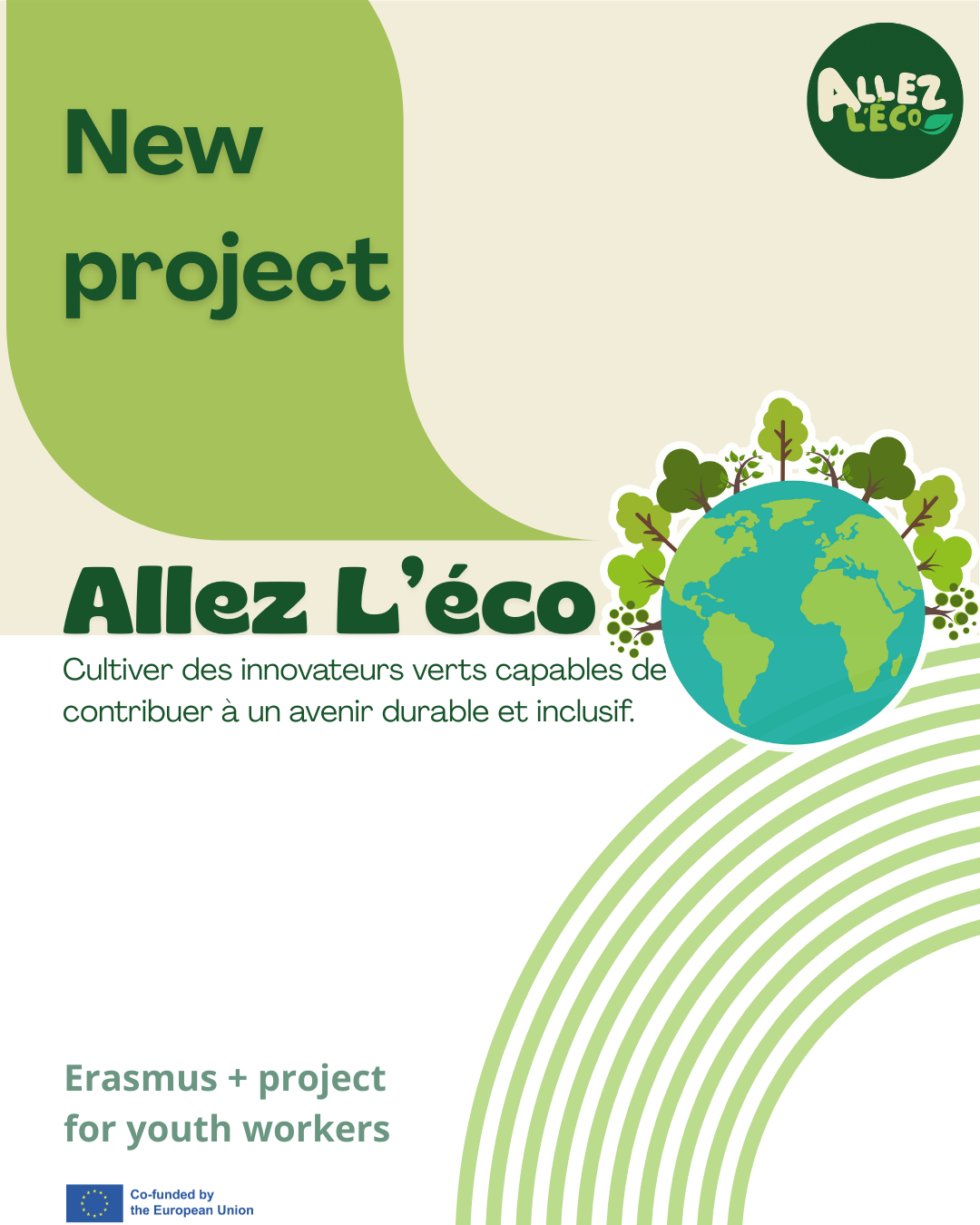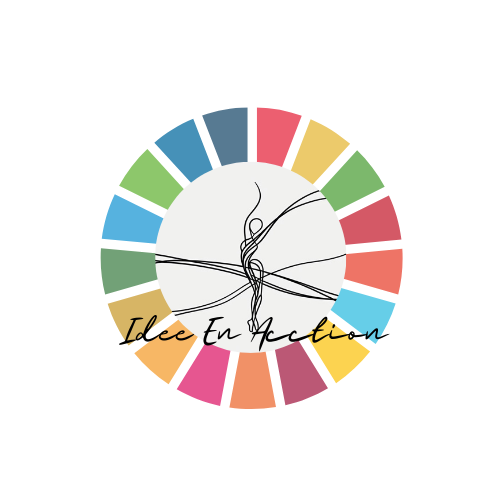Gender Equality and Climate Action
by Luca Falconieri
With the Orange Week starting on the 25th of November, we are called to reflect on a theme which is a fundamental and integral part of both Sustainable Development and climate action. Gender issues and Women’s rights are focal nodes of Sustainable Development, which still struggle to be effectively recognised in official forums for climate action like COP29.
As expressed in the words of Jemimah Njuki, UN Chief of Women’s Economic Empowerment, “The climate crisis is not gender-neutral. Women and girls disproportionately bear the brunt of climate change, yet their voices remain largely underrepresented in climate decision-making. We need financing to go to addressing gender inequalities and to go to grassroots women’s organisations.”. However, COP29’s developments leave us with the impression that very little was done towards a gender-responsive approach to climate action, with many missed chances in the course of the conference.
While on informal forums, gender issues are recognised as a critical target of Sustainable Development, there is very little left of these issues on paper. Although women were identified as one of the key groups of climate finance beneficiaries, a properly structured approach to gender-responsive climate finance was not determined. Moreover, there is no structured execution plan for a gender-responsive climate finance plan, as no clear targets to be reached, nor enforcement mechanisms are set in place. This makes for a very vague commitment to protecting women’s rights and human rights in general in the wake of the climate crisis.
On the theme of human rights and gender equality, another point worth examining is the one of intersectionality. Intersectionality is a framework that examines how multiple social identities—such as gender, race, and class—intersect to shape individuals’ unique experiences of oppression and privilege. In the context of climate change, it highlights how women, particularly those from marginalised communities, are disproportionately affected by environmental crises due to overlapping factors like poverty, discrimination, and limited access to resources. While in most discussions and negotiation drafts, we can find traces of the language of intersectionality; there are few remainders of that in the official documents and acts produced through COP29. This is problematic since intersectionality theoy is a crucial tool in understanding how women can be affected by different forms of discrimination and how multiple intertwined factors determine the vulnerability status of women and their dependence on climate action.
Another missed opportunity during COP29 was the failure to adopt the UAE Just Transition Work Programme, a draft text focusing on the importance of care work and the impact the climate crisis has on it. Recognising that care work is predominantly undertaken by women, it is easy to see why women, on many occasions, are the ones who disproportionately carry the brunt of climate change, which can have devastating consequences on local communities. Care work includes responsibilities like feeding a family and fetching water, and just like domestic work, it is made extremely more difficult by the new challenges posed by climate change. These challenges become even more critical in Global South countries, where global warming creates millions of climate migrants, with women being the ones left behind to take care of the elderly and the most vulnerable in harsh and extreme living conditions. Climate change can also lead to conflict over scarce resources, increasing the societal drivers for gender-based violence on female heads of households.
While women are among the groups most affected by climate change, climate governance numbers struggle to reflect this reality. Leadership in climate governance structures remains largely in the hands of men, with women only constituting 35% of the delegates present at COP29, an unsatisfactory 1% rise from the numbers of COP28. The issue of representation is also reflected at higher institutional levels by the fact that only 8 of the Heads of State present at COP29 are women.
A gender-responsie climate action strategy requires a fundamental shift in decision-making and leadership. COP29 shows once again the reality of women’s underrepresentation in a field that disproportionately impacts women all over the world. Without recognising that the climate crisis is not a gender-neutral problem requiring a gender-responsive approach and without a fair amount of leadership and decision-making power in the hands of women, there is no possibility for a really all-encompassing sustainable development.
Other Events
Article, News, SDG 11, SDG 13, SDG 4




